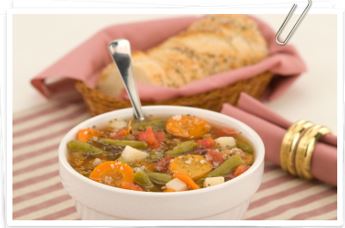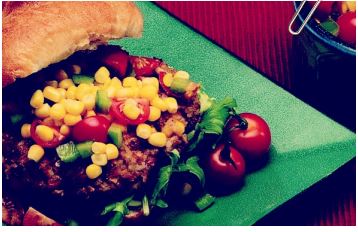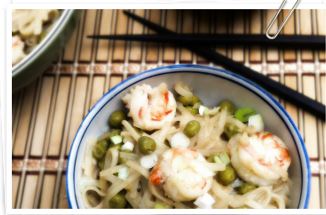By Kristin Kessler, RD
The old adage “too much of a good thing can be a bad thing” rings true for the nutrients we eat! Take sodium, for example: our bodies need this mineral to function, but too much salt can lead to high blood pressure and potentially other chronic diseases. There are varying recommendations out there for how much we should consume daily (the USDA says no more than 2300mg while the American Heart Association suggests less than 1500mg), but no matter your target amount, it’s important to realize that reduced sodium doesn’t need to mean reduced flavor. Check out the following tips to help you scale back the salt without sacrificing flavor and fun!
Season with Herbs

One of the most nutritious and delicious ways to cut back on sodium is to ditch the table salt and season instead with fresh and dried herbs. Not only are herbs sodium-free and low in calories, but they offer truly exceptional flavors. Taste them for yourself in this Vegetable Sausage Soup seasoned with basil, oregano, and marjoram and made hearty with Libby’s® Cut Green Beans, Sliced Carrots and Whole White Potatoes. To cut the sodium even further, swap regular chicken broth for a reduced-sodium option. We promise you won’t even notice the difference!
Cook Restaurant-Worthy Meals at Home

We all love a meal out every once and a while, but did you know that restaurant fare is often chock-full of sodium? In lieu of dining out, try whipping up your favorite dishes at home. By playing chef, you have total control over how much salt goes into the recipe. Craving a burger? Try this easy at-home recipe for Mexican Salsa Veggie Burgers made with Libby’s® Organic Pinto Beans and Whole Kernel Sweet Corn. Toss together a quick salad for the side, and you’ve got yourself a healthy restaurant-worthy meal!
Swap Instant for Wholesome

Beware! Packaged foods (think: frozen meals, instant noodles and ramen) are sneaky sources of sodium. Instead of turning to a bag of instant Lo Mein, why not try a more nutritious and home-cooked version? This Sweet Pea & Ginger Garlic Shrimp Lo Mein (made with reduced-sodium soy sauce as well as Libby’s® Organic Sweet Peas) will give you those Asian flavors you crave without the extra sodium. Now that’s a meal worth celebrating!